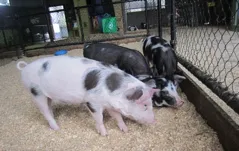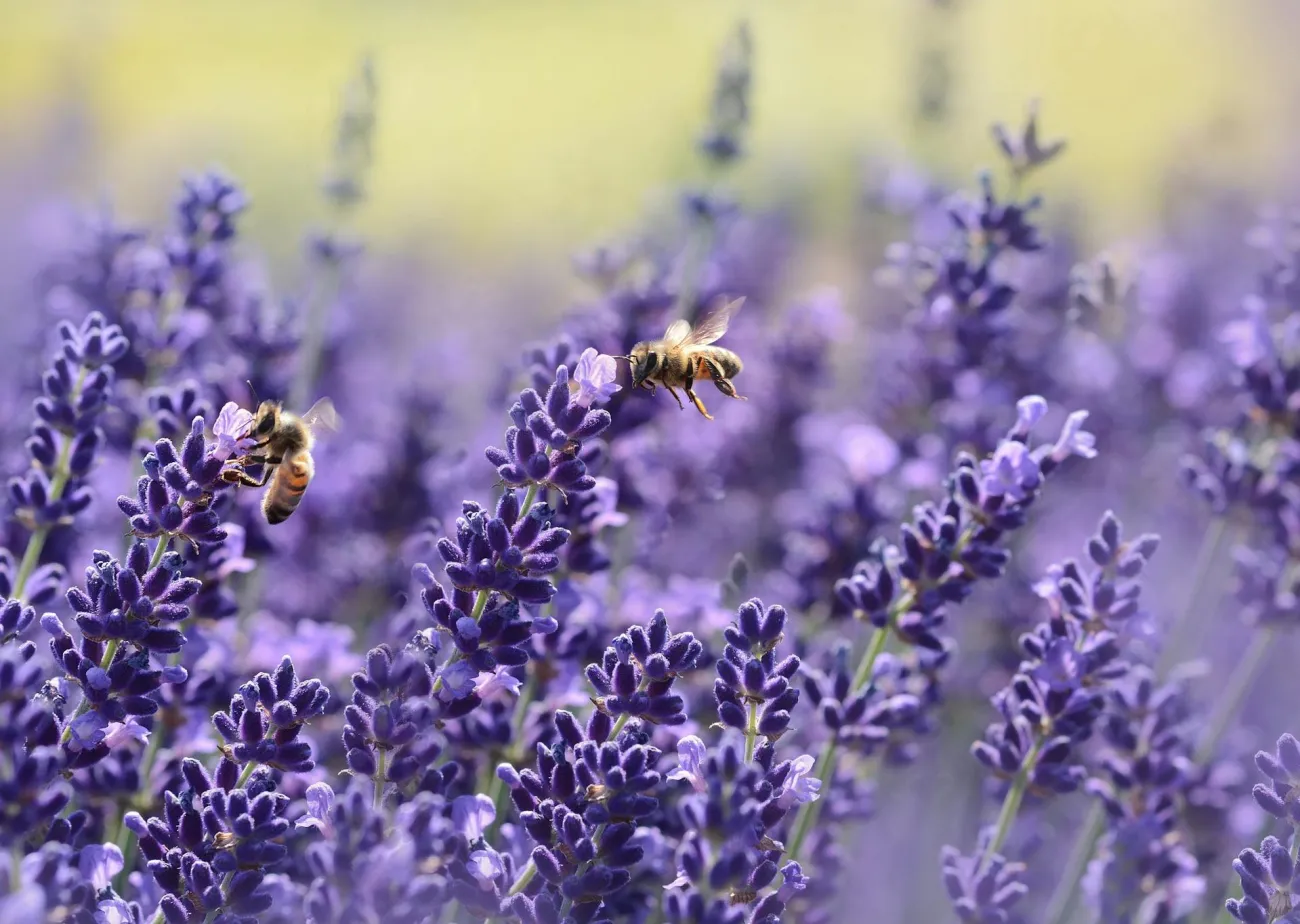This paper estimates that global use of antimicrobial drugs in animal farming is anticipated to rise by 67% by 2030, due to increasing demand for animal products and a shift towards more large scale intensive systems of production. It argues that a range of measures need to be taken in order to address the negative impacts of this growth.

Abstract
Demand for animal protein for human consumption is rising globally at an unprecedented rate. Modern animal production practices are associated with regular use of antimicrobials, potentially increasing selection pressure on bacteria to become resistant. Despite the significant potential consequences for antimicrobial resistance, there has been no quantitative measurement of global antimicrobial consumption by livestock. We address this gap by using Bayesian statistical models combining maps of livestock densities, economic projections of demand for meat products, and current estimates of antimicrobial consumption in high-income countries to map antimicrobial use in food animals for 2010 and 2030. We estimate that the global average annual consumption of antimicrobials per kilogram of animal produced was 45 mg·kg−1, 148 mg·kg−1, and 172 mg·kg−1 for cattle, chicken, and pigs, respectively. Starting from this baseline, we estimate that between 2010 and 2030, the global consumption of antimicrobials will increase by 67%, from 63,151 ± 1,560 tons to 105,596 ± 3,605 tons. Up to a third of the increase in consumption in livestock between 2010 and 2030 is imputable to shifting production practices in middleincome countries where extensive farming systems will be replaced by large-scale intensive farming operations that routinely use antimicrobials in subtherapeutic doses. For Brazil, Russia, India, China, and South Africa, the increase in antimicrobial consumption will be 99%, up to seven times the projected population growth in this group of countries. Better understanding of the consequences of the uninhibited growth in veterinary antimicrobial consumption is needed to assess its potential effects on animal and human health.
A more succinct ‘significance’ summary provided by the paper is as follows:
Antimicrobials are used in livestock production to maintain health and productivity. These practices contribute to the spread of drug-resistant pathogens in both livestock and humans, posing a significant public health threat. We present the first global map (228 countries) of antibiotic consumption in livestock and conservatively estimate the total consumption in 2010 at 63,151 tons. We project that antimicrobial consumption will rise by 67% by 2030, and nearly double in Brazil, Russia, India, China, and South Africa. This rise is likely to be driven by the growth in consumer demand for livestock products in middle-income countries and a shift to large-scale farms where antimicrobials are used routinely. Our findings call for initiatives to preserve antibiotic effectiveness while simultaneously ensuring food security in low- and lower-middle-income countries.
The study concludes by calling for “urgent and concerted action in all countries, which is needed to limit the overuse and abuse of antimicrobials in food animal production. These actions should include (i) implementation of a publicly funded international surveillance network of antimicrobial consumption in food animals in countries undergoing rapid intensification in the livestock sector, (ii) collaboration with veterinary drug manufacturers and animal feed producers to cross-validate estimates of consumption with sales data, (iii) implementation of an international agenda to harmonize regulatory frameworks among countries, and (iv) the ultimate phasing out of antimicrobial use for growth promotion, based on the successful experience in the European Union and the new biological (48, 49) and economic (50, 51) evidence challenging the purported benefits of antimicrobial use in food animal production.”
Citation
Van Boeckel T, Brower C, Gilbert M, Grenfell BT, Levin SA, Robinson TP, Teillant A, Laxminarayan R (2015). Global trends in antimicrobial use in food animals, PNAS, doi: 10.1073/pnas.1503141112
The paper can be accessed here (you will need journal access)
ILRI, the International Livestock Research Institute covers the paper and its implications for poor livestock farmers here.




Comments (0)